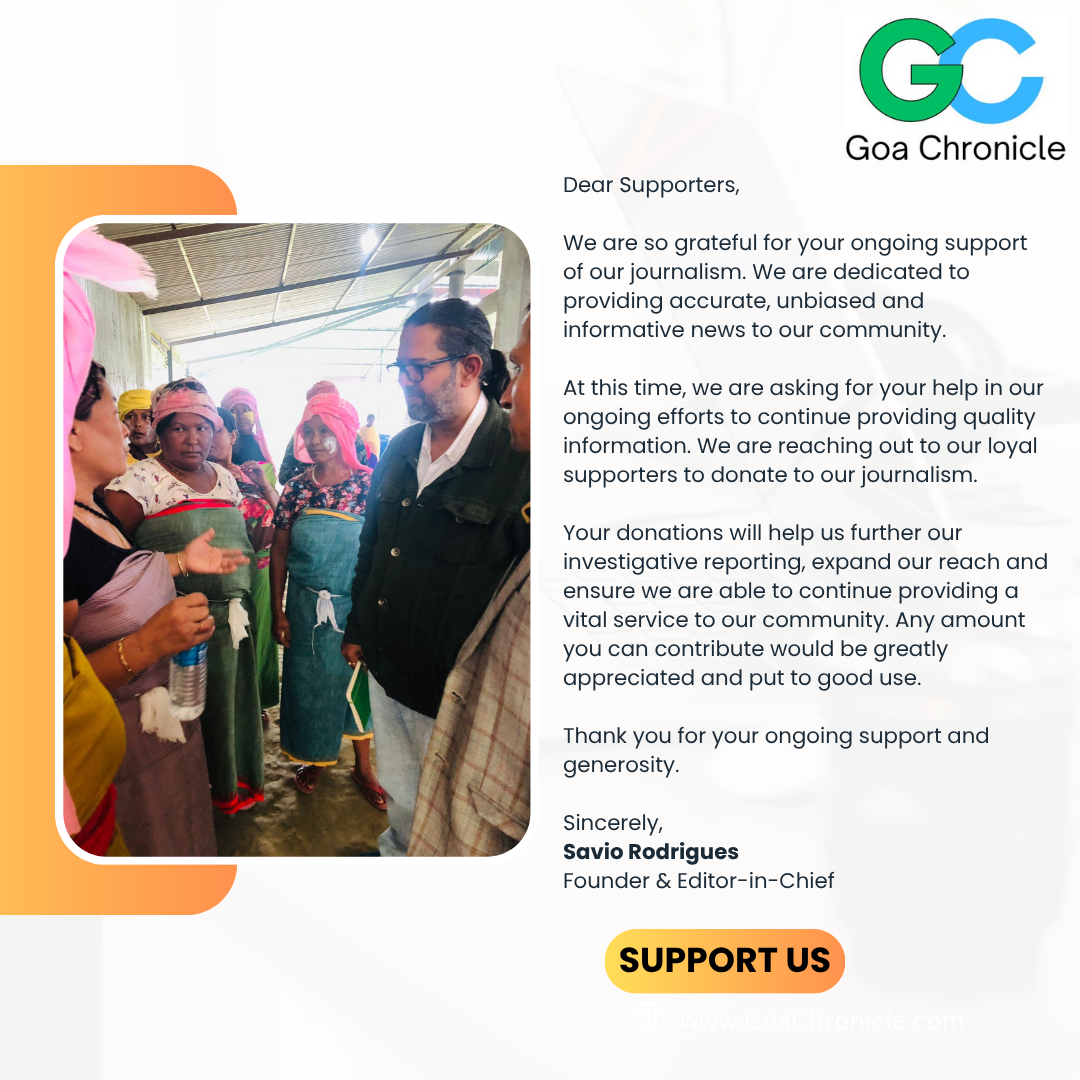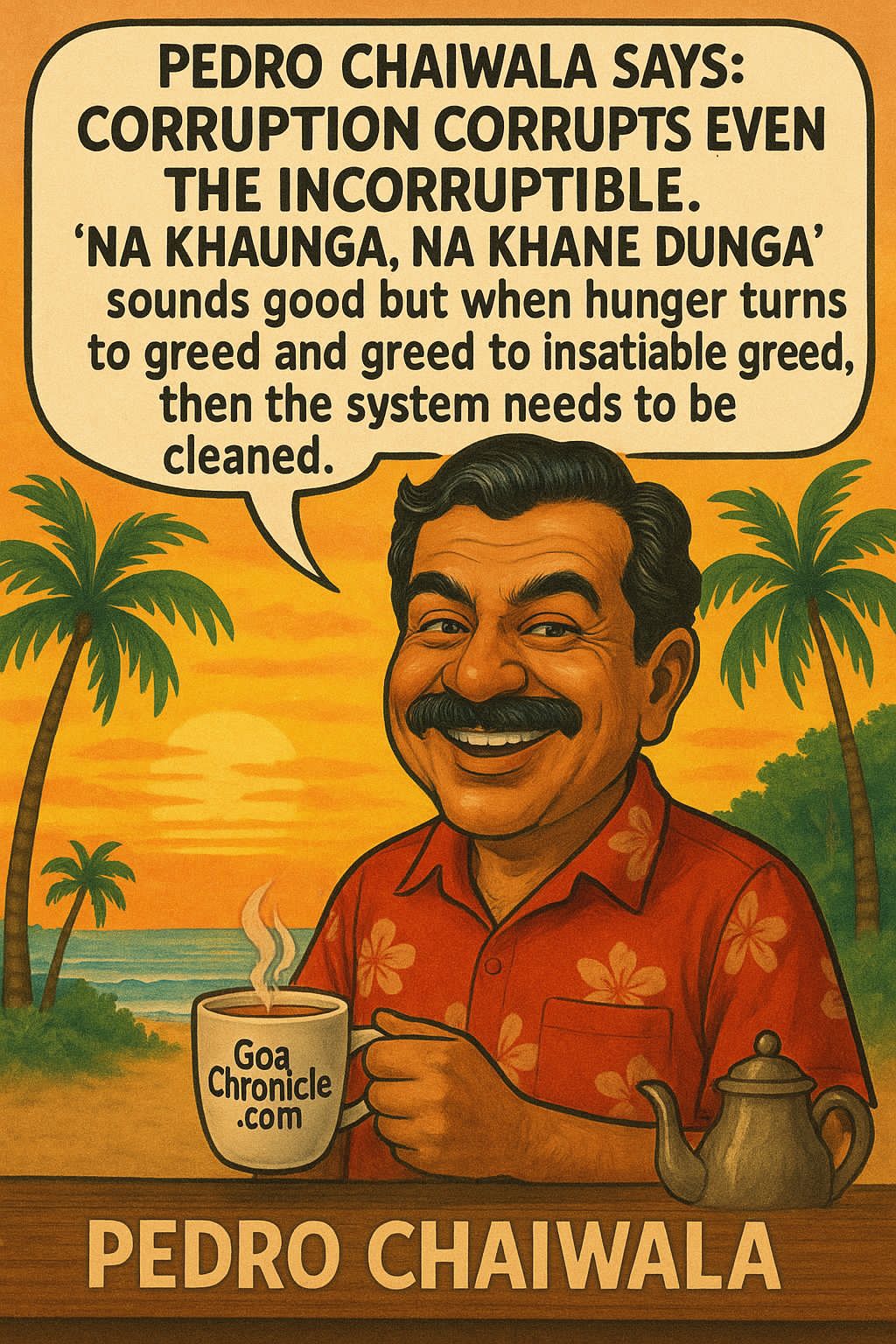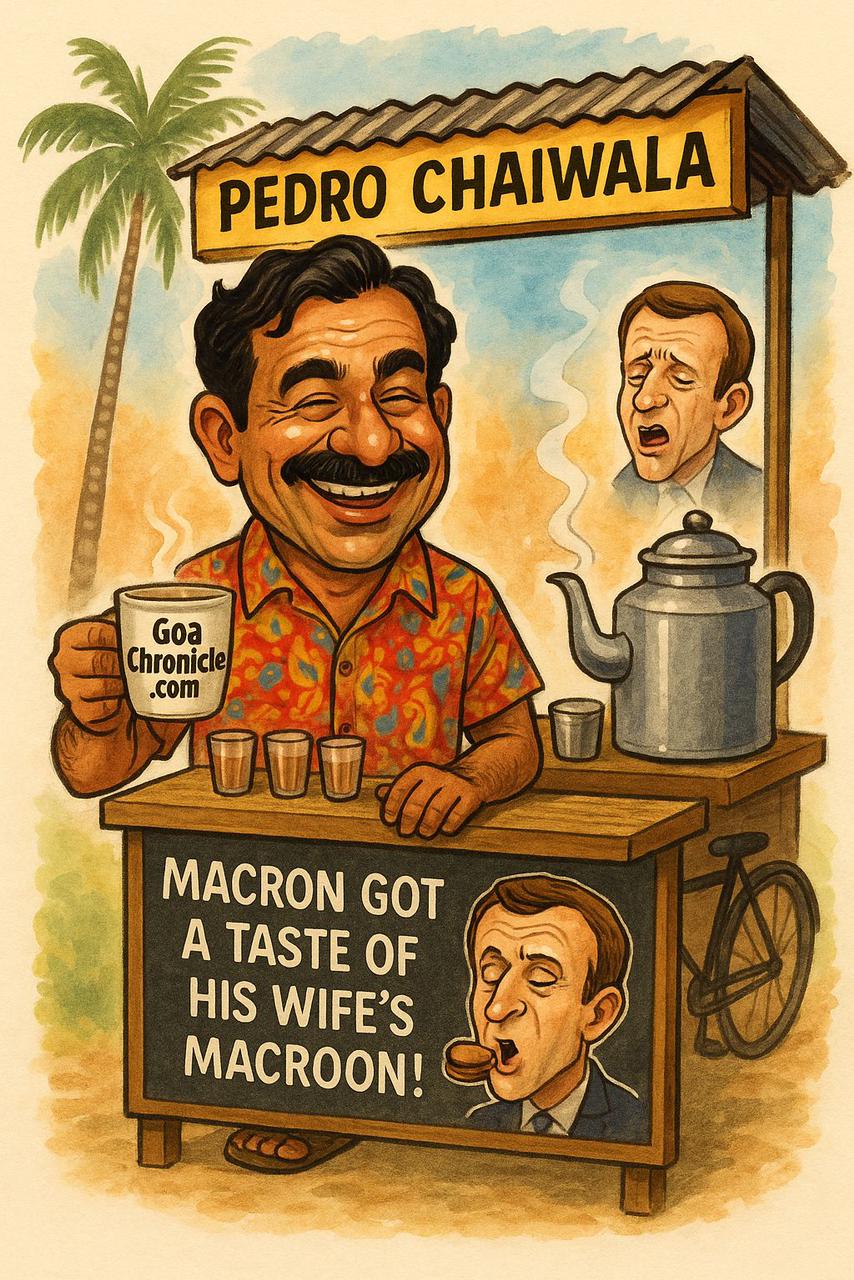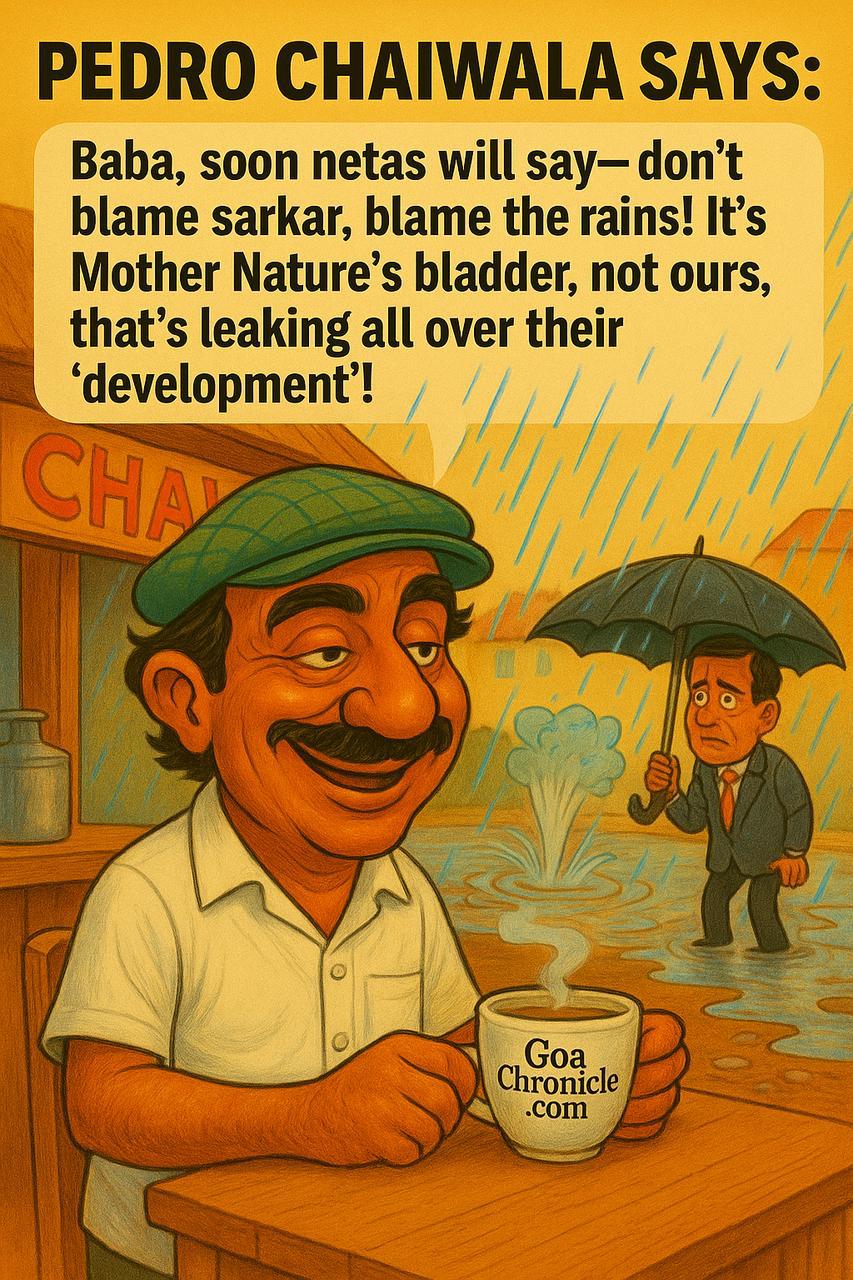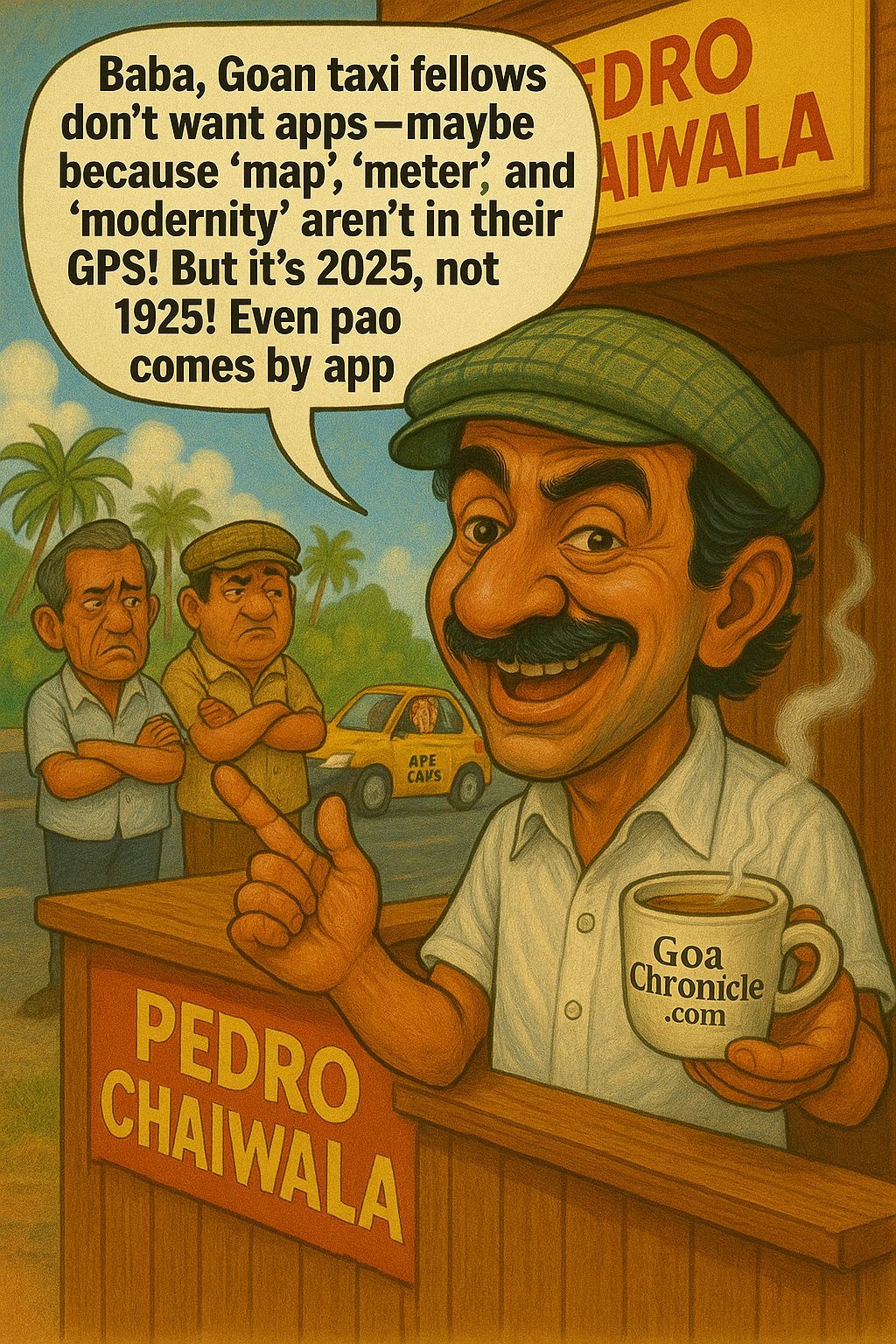In a nation where cows are not merely animals but symbols of reverence, tradition, and cultural continuity, it is baffling that we still view cow dung as a rural by-product rather than a national asset. India stands at the cusp of a new economic revolution—not driven by oil, gold, or software, but by an earthy substance long under our nose and underappreciated: gobar.
Yes, cow dung.
India must wake up to the reality that cow dung is no longer just rural waste, but a potential billion-dollar green goldmine waiting to be corporatised. In a world obsessing over sustainability, net-zero goals, bio-energy, and organic farming, cow dung could well become our rural Bitcoin—a decentralised, regenerative economic tool that can empower villages, reduce imports, fuel industries, and even strengthen our strategic agricultural independence.
The Data Doesn’t Lie: India, The Cow Capital
India is home to the largest cattle population in the world. According to the 20th Livestock Census (2019), the country boasts over 192.5 million cattle. Roughly 70 million of these are milch cows. Each cow produces about 10 kg of dung per day, which translates to over 700 million kg of dung daily—a staggering 255 billion kg annually.
Yet, only a fraction of this resource is being monetised. At current conservative market rates, dried cow dung cakes sell for ₹3–₹5 per kg. That implies a base market value of over ₹76,000 crore per year—and that’s without exploring value addition. When you include by-products like biogas, biofertilizers, and organic pesticides, the number multiplies.
Why Cow Dung Is Big Business
1.Organic Fertilizer Market Boom:
India’s fertilizer import bill crossed ₹1.6 lakh crore in FY2022–23. As the world moves towards organic farming and India commits to natural farming under schemes like the Bharatiya Prakritik Krishi Paddhati (BPKP), cow dung-based bio-fertilizers offer a perfect alternative. Corporatised cow dung can be refined, certified, and distributed as high-grade organic manure.
2.Biogas and Bio-CNG Potential:
India has committed to producing 15 MMT of compressed biogas by 2024 under the SATAT (Sustainable Alternative Towards Affordable Transportation) initiative. Cow dung is a primary input. One tonne of cow dung can yield 40-50 cubic meters of biogas, equivalent to 22–25 kg of LPG. A corporatised cow dung economy can reduce our LPG subsidy burden and create energy security in rural India.
3.Cow Dung-Based Products:
From diyas during Diwali, to incense sticks, wall paint (Gau Paint developed by Khadi and Village Industries Commission), flooring material, and even cow dung bricks for eco-housing—there is a booming market for panchgavya-based and eco-conscious products. According to Invest India, India’s eco-product market is growing at 18% CAGR and is expected to reach ₹12,000 crore by 2030.
4.Carbon Credit & ESG Goals:
Companies globally are desperate for carbon offsets. Cow dung-based products and energy solutions have one of the lowest carbon footprints. A structured, corporatised cow dung supply chain with blockchain-backed traceability could help Indian corporates sell ESG-compliant products and claim carbon credits internationally.
Scattered Potential, No Unified Vision
Despite these glaring opportunities, cow dung management in India remains disorganised, largely dependent on informal rural markets or isolated NGOs. Farmers often give away cow dung for free or use it in limited quantities locally. There is no national policy framework or corporate incentivisation model to build scalable cow dung collection, processing, and distribution hubs.
This is where India must bring in the entrepreneurial and structural muscle of its private sector. We need:
•Cow Dung Aggregators (like milk cooperatives)
•Biogas and Organic Fertiliser Startups with subsidies and tax holidays
•Private Investment Zones for gobar-based industries
•Rural Cow Dung Markets digitised via government-backed platforms
•Public–Private Partnerships with gaushalas and panchayats
Imagine Gobar India Limited – a PSU or private entity with nationwide collection centres, processing plants, and a corporate structure that includes rural stakeholders as equity holders. Think Amul, but for cow dung.
Learning from the West
In Germany, over 9,500 biogas plants operate under a structured feed-in tariff system, providing energy and reducing emissions. The European Biogas Association has forecast that biomethane could meet 30–40% of Europe’s gas demand by 2050.
China, too, has over 50 million households using biogas primarily derived from animal waste, significantly reducing rural dependence on coal and firewood.
If China and Germany can monetise cow and pig excreta into billion-dollar industries, why can’t India—with a civilisational reverence for the cow and the largest cattle population—do the same?
The Cultural Factor: Our Advantage
India’s cultural and spiritual respect for the cow is not a weakness—it is a unique advantage. When value chains align with dharmic consciousness, sustainability becomes emotionally sustainable too. The branding of cow dung-based products can be steeped in indigenous pride and ancient wisdom.
Cow dung is not waste. It is wealth—agro-wealth, energy wealth, and even national security wealth. Corporatising it is not commodifying our sacred traditions—it is dignifying them.
The Way Forward: From Panchayat to Parliament
1.Policy Push: The Ministry of Animal Husbandry, NITI Aayog, and Ministry of Renewable Energy must collaborate to build a National Cow Dung Strategy by 2026.
2.Cow Dung as Commodity: Like milk, eggs, or wheat, cow dung must be brought under the Essential Commodities Act with support prices and procurement centres.
3.Incentivise Cow Dung Startups: Under Startup India and Atmanirbhar Bharat, special incubation cells for cow dung-based businesses must be created.
4.CSR Integration: Mandate a portion of Corporate Social Responsibility funds of major firms into rural gobar-based enterprise creation.
5.Export Ecosystem: Certify cow dung-based organic fertilizers and handicrafts for export under India Organic and APEDA standards.
A Rural Revolution in the Making
India does not need to copy Silicon Valley to innovate. Sometimes, the next big disruption lies in going back to your roots—literally. Cow dung, that humble gift from Gau Mata, is more than biomass; it is bio-wealth.
With the right political will, corporate vision, and community integration, India can create a Gobar Economy that is green, clean, and rural-rich.
Let us not laugh at cow dung anymore. Let us bank on it.
Because the future of India might just be written in the language of gobar.





